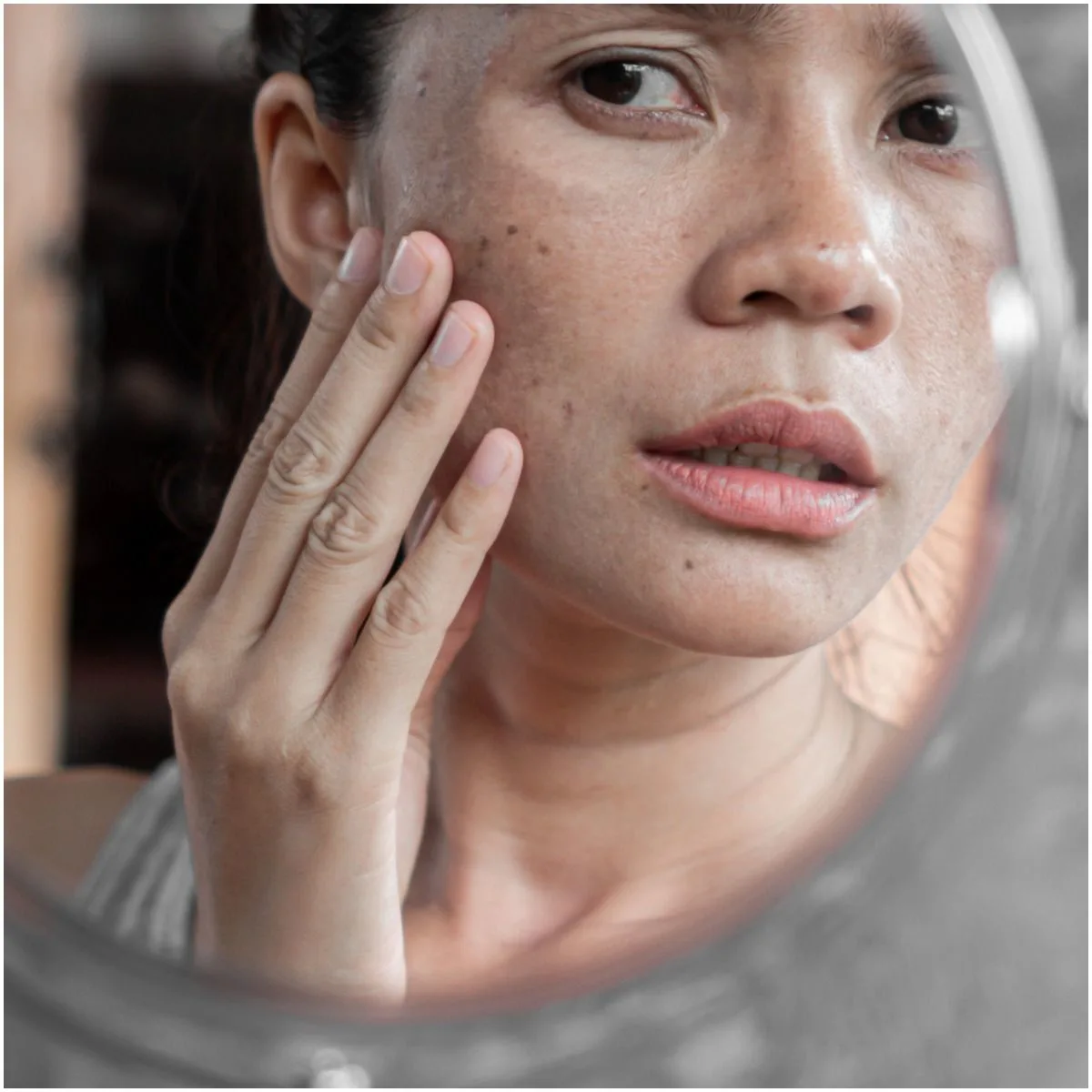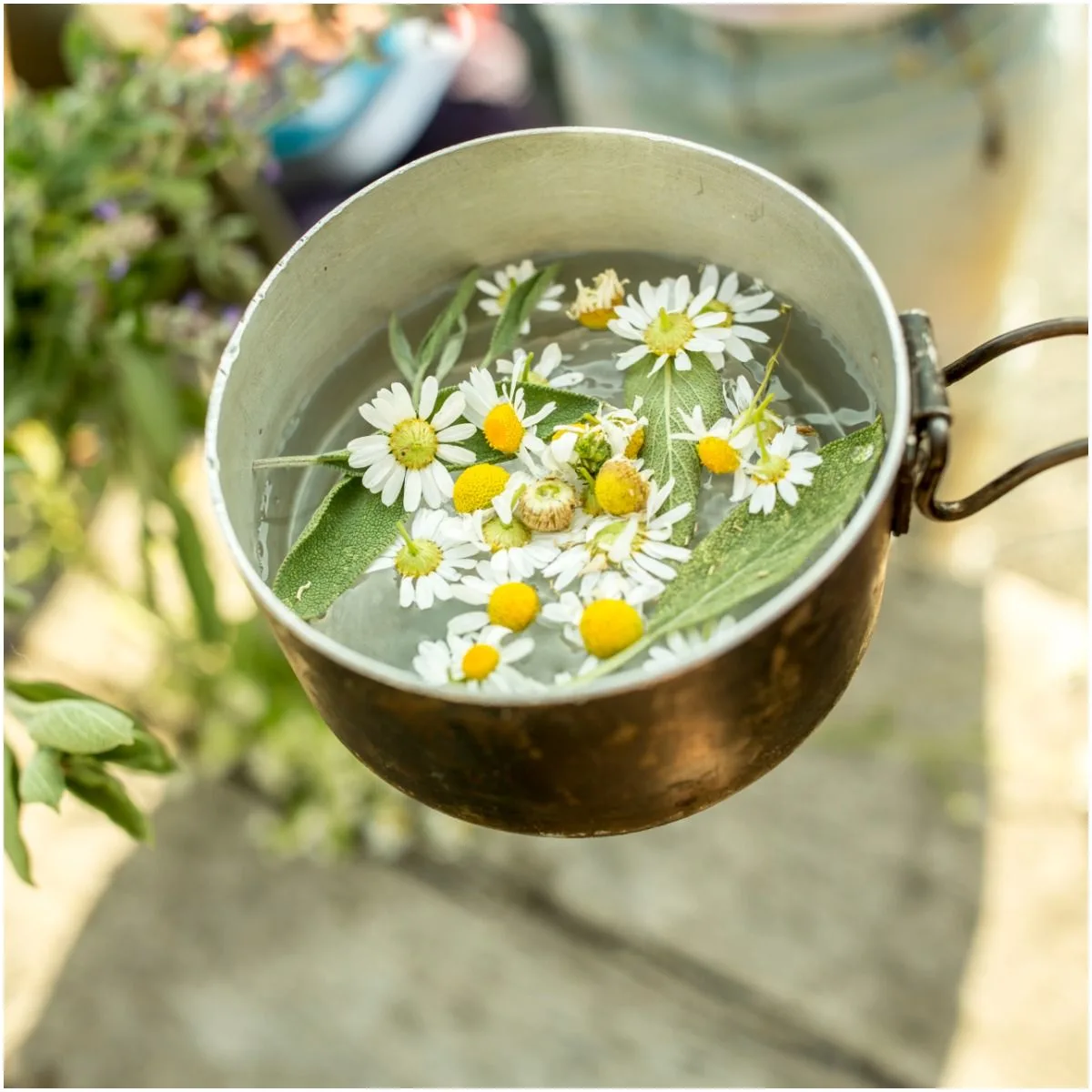What are the causes and possible natural remedies for redness around the nose, mouth, chin, cheeks, and eyes?
Introduction
Redness around the nose and mouth is a common health problem that is often responsible for bringing people to the doctor for consultation.
It can be due to various factors. In some patients, the reason can be local, while in others, it can be systemic.
Possible causes include:
Facial Psoriasis
It is a chronic skin condition in which there are one or more, persistent, red, thickened, and dry patches on the face.
Facial psoriasis can occasionally affect the eyelids, extending even to the eyelashes. This can cause swelling, redness, and crusting of the eyelids.
It is rare, but psoriasis can also appear:
- on your lips;
- inside the nose;
- inside the cheek;
- on the gums or tongue.
This condition has genetic factors; however, not all sufferers with a family history of psoriasis will develop it. Facial psoriasis outbreaks can be caused by the following reasons:
- certain prescription medications;
- alcohol intake;
- cold weather;
- dairy products;
- emotional stress;
- infections.
Seborrheic Dermatitis
Seborrheic dermatitis, also referred to as seborrhea, is a non-contagious condition of skin areas rich in oil glands, like – the scalp, face, and upper trunk.
Seborrhea affects about 85% of people who have human immunodeficiency virus infection (AIDS). Also, it occurs more frequently in seniors who have neurologic conditions like Parkinson’s disease.
The condition is more common in men than women, and it affects approximately 3% of the general population.
Seborrheic dermatitis symptoms may include:
- itching;
- red skin;
- patches of greasy skin covered with flaky white scales on the face, scalp sides of the nose, eyelids, chest, eyebrows, ears, groin area, armpits, or under the breasts;
- skin flakes (dandruff) on your scalp, hair, eyebrows, beard, or mustache.
Common triggers for seborrhea include:
- medications like interferon, psoralen, and lithium;
- cold, dry weather;
- harsh solvents, detergents, chemicals, and soaps;
- hormonal changes;
- emotional stress.
READ MORE: Interesting Facts About Syphilis
Rosacea
It is a chronic inflammatory dermatologic condition that affects over 17 million people in the US. This skin condition generally doesn’t appear before age 30 and can run in families.
The signs and symptoms are varied, and they are classified into different types, such as:
- Ocular rosacea – it affects the eyelids and eyes that become irritated and red. In addition, the eyelids may swell and develop stye-like lesions;
- Phymatous rosacea – in this rosacea type, in addition to redness, the affected skin thickens and develops a bumpy texture;
- Papulopustular rosacea – it involves painful, acne-like breakouts, with swelling and redness on the face;
- Erythematotelangiectatic rosacea – it causes flushing, redness, and visible blood vessels in the neck, face, and chest.
Triggers of rosacea commonly include:
- heat;
- smoking;
- emotional stress;
- spicy foods;
- alcohol.
READ MORE: Facts About Tay-Sachs Disease
Perioral Dermatitis

@Getty Images
It is a skin disorder resembling rosacea or acne. Common signs and symptoms include – skin reddens, small papules and pimples, papules spread over a larger area, and irritation.
Almost all cases occur in young women, most frequently between the ages of 15 and 45 years. Perioral dermatitis is associated with topical steroid medication usage.
Other causes and triggers include:
- SLS in toothpaste/cleansers;
- fluoride in toothpaste;
- hormonal contraception;
- UV light;
- strong winds;
- some cosmetic products.
READ MORE: Yeast Infection vs Chlamydia
How To Reduce Redness Around Nose, Mouth, Chin, Cheeks, and Eyes
#1 Rose Essential Oil
It is produced from fresh roses through the process of steam distillation. Rose essential oil balances sebum production in skin affected by rosacea and seborrheic dermatitis.
This essential oil is effective since it has anti-inflammatory and antiseptic properties. Also, using this essential oil topically on wounds helps to protect them from becoming septic and developing infections.
#2 Colloidal Oatmeal
Colloidal Oatmeal is produced from finely ground whole dehulled oat grain with precise requirements on the particle size and fat content.
Colloidal oatmeal has proven to have anti-inflammatory properties, as per a 2007 article which was issued in the “Journal of Drugs in Dermatology.” It is excellent in face masks, soap, milk baths, and creams.
#3 Chamomile

@Getty Images
Chamomile is known as a ”calming medicinal herb” and works well in skin issues since it contains both volatile oils and flavonoids.
In addition, recent research has concluded that chamomile ointments may help with mild inflammatory skin conditions.
While it is generally consumed as a tea, chamomile can also be topically applied to get relief from skin problems.
READ MORE: Side Effects of Donating Plasma
#4 Green Tea
It has anti-inflammatory, antioxidant, and anticarcinogen attributes, which work together in an effective manner to treat several skin problems.
Epigallocatechin-3-gallate, the green tea’s primary polyphenol component, prevents pustules and papules on the faces of rosacea patients, according to a 2010 study that was done at the Case Western Reserve University.
#5 Aloe Vera Gel
Aloe Vera is a remarkable ingredient that is used for treating skin problems, and the benefits it can provide in coping with rosacea can be important.
If you have redness around your nose or mouth, apply aloe vera gel and let it dry. Then rinse and dry. Perform this natural treatment two times per day.
#6 Horse Chestnut
Horse chestnut (scientifical name – Aesculus hippocastanum) has a long history of use for boosting circulation and the strength of the blood vessels.
It is effective in reducing the release of histamine (a neurotransmitter that contributes to allergies, eczema, asthma, rosacea, and coughs) in the human body and contains aescin, a substance that helps the skin and the blood vessels regain their health.
READ MORE: Essential Oils For Enlarged Prostate
#7 Grape Seed Extract
The grape seed extract is renowned for its pharmacological, chemoprotective, biological, antioxidant, and photoprotective properties, which are highly advantageous for treating skin issues.
Extracts of grape seeds are rich in proanthocyanidins, water-soluble antioxidants that belong to the same family of antioxidants found in green tea – known as polyphenolic flavonoids.
#8 Zinc Oxide
Zinc oxide has been found to help lowering skin inflammation associated with allergies, rashes, or irritation.
Moreover, it may be used effectively under medical supervision to reduce the symptoms of rosacea, as per a 2006 study which was issued in the “International Journal of Dermatology.”
#9 Cucumbers
Make a cucumber mask by grinding some fresh cucumber in your blender, then applying it to your face.
After about 40 min, rinse with cool water. Repeat once per day to see results in about one month.
#10 Coconut Oil
Coconut oil is high in potent nutrients and antioxidants, which make it a great natural treatment for skin problems.
READ MORE: Powerade vs Gatorade
Prevention
Common prevention methods include:
- change your facecloths and towels often;
- keep your weight within normal range;
- reduce your stress levels;
- get sufficient sleep so that your immune system can function properly;
- do not smoke tobacco. Also, avoid second-hand smoking;
- do not scrub your face or use exfoliants;
- avoid heavy aerobic physical exercise that produces a lot of sweating;
- choose gentle and nontoxic hypoallergenic skincare products;
- avoid products with sodium lauryl sulfate that can cause skin irritation;
- choose water-soluble cosmetics;
- do not clog your pores with astringents, like – camphor, menthol, or very cold water;
- avoid trans fats, fried foods, and hydrogenated oils;
- consume anti-inflammatory foods and herbs like collard greens, blueberries, blackberries, garlic, radishes, onions, zucchini, turmeric, ginger, broccoli, apples, cabbage, turnips. carrots, celery, and tomatoes.
READ THIS NEXT: Interesting Facts About Surgeons
Featured image source – Shutterstock
Sources https://onlinelibrary.wiley.com/doi/full/10.1111/bjd.15173 https://www.ncbi.nlm.nih.gov/pmc/articles/PMC5007842/
